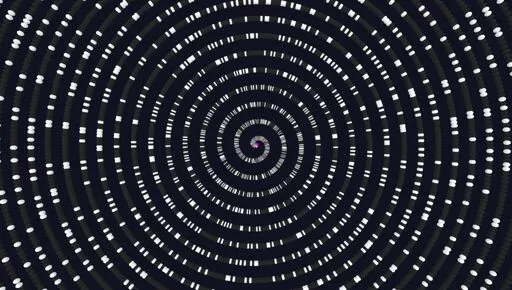"Remarkable" Pattern Discovered Behind Prime Numbers, Math's Most Unpredictable Objects
"Remarkable" Pattern Discovered Behind Prime Numbers, Math's Most Unpredictable Objects

It "represents theoretical math that could’ve been done decades ago" - but it has big implications for the future.

can't really follow the math but makes a nice picture.